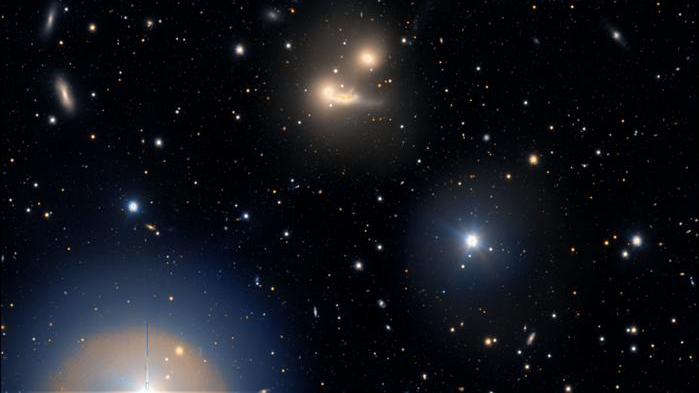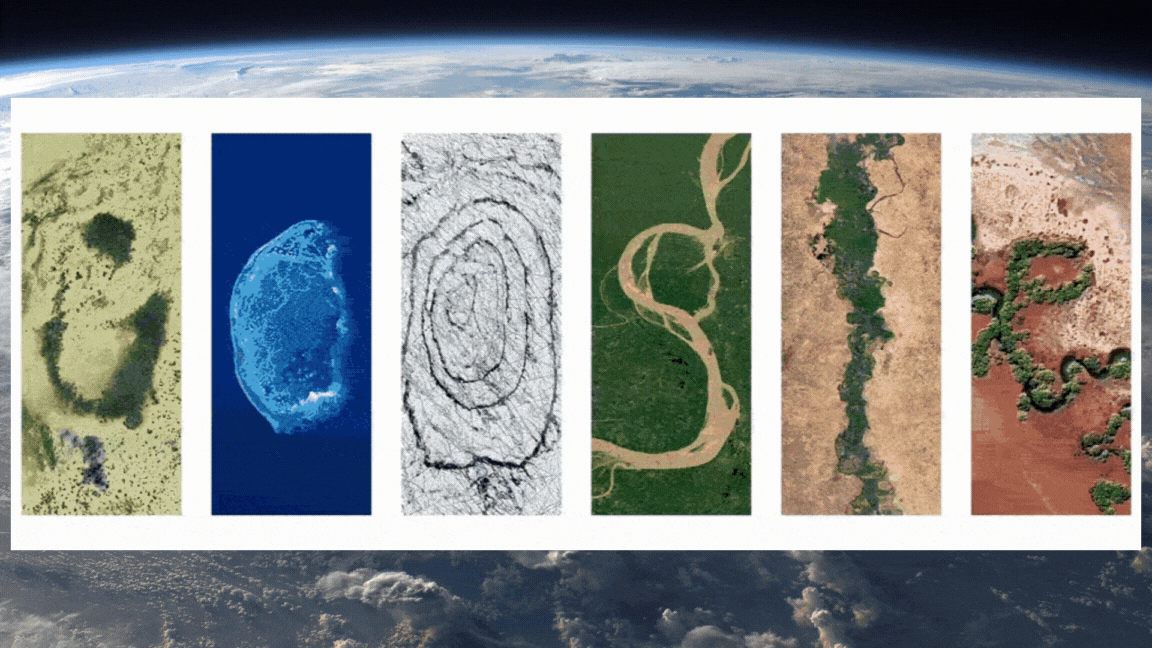Cosmic Archeology: Unveiling Galactic Pasts
When astronomers peer into the vast expanse of space, they embark on a journey of cosmic archeology, unraveling the intricate histories of galaxies. Through meticulous observations and analysis of galactic structures and their interactions, scientists are able to piece together the story of a galaxy’s past. One indispensable tool in this pursuit is the VLT Survey Telescope (VST), the largest visible-light telescope in the world.
The VST recently unveiled a series of striking images that offer a glimpse into the distant cosmos, shedding light on the mysteries of galaxies millions and even billions of light-years away. Among these captivating snapshots is ESO 510-G13, a galaxy located 150 million light-years from Earth in the Hydra constellation.
Within the image of ESO 510-G13, the central halo and distinctive S-shaped disk of the galaxy are prominently featured. Astronomers speculate that the unusual shape of the disk may be a remnant of a past collision with another galaxy, an event that left a lasting imprint on ESO 510-G13’s form. Additionally, two more distant galaxies can be seen in the background, adding to the cosmic landscape.
Another remarkable image captured by the VST showcases four members of a galaxy cluster known as Hickson Compact Group 90, situated 100 million light-years away in the Piscis Austrinus constellation. The intricate dance of NGC 7173, NGC 7176, and NGC 7174, as they share stars and gas, creates a mesmerizing halo that intertwines the galaxies. Meanwhile, NGC 7172 stands apart, its central supermassive black hole veiled by dark dust.
The final image reveals the awe-inspiring spectacle of Abell 1689, a cluster of galaxies located over 2.3 billion light-years away in the Virgo constellation. This distant cluster, comprising more than 200 galaxies, exerts a colossal gravitational influence that warps the fabric of space-time, causing a gravitational lensing effect that distorts the light from galaxies beyond.
Situated at the European Southern Observatory’s Paranal Observatory in Chile, the VST has been a beacon of exploration since 2011, capturing the beauty and complexity of the universe. As astronomers continue to delve into the depths of space, more extraordinary images and discoveries are sure to follow, illuminating the mysteries of the cosmos.
Image/Photo credit: source url





